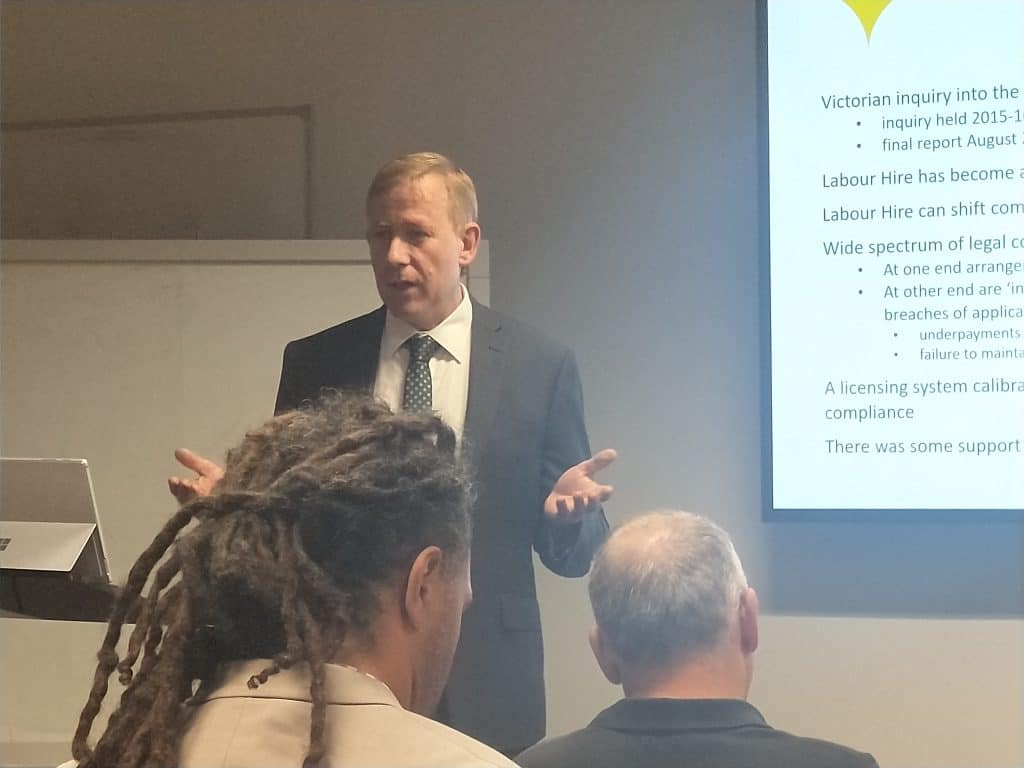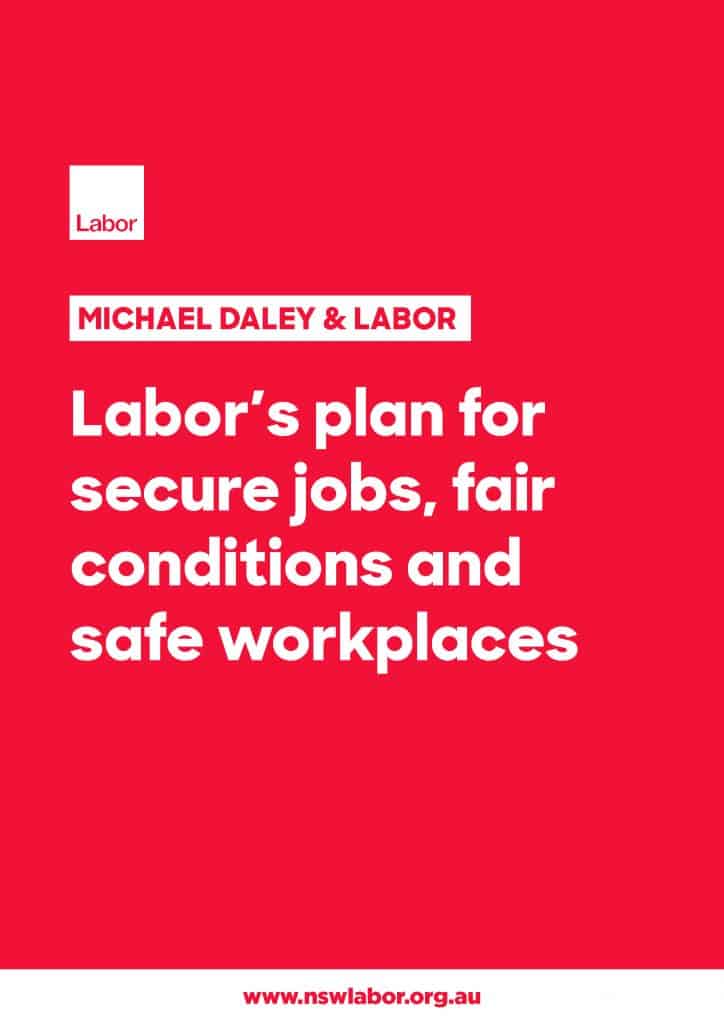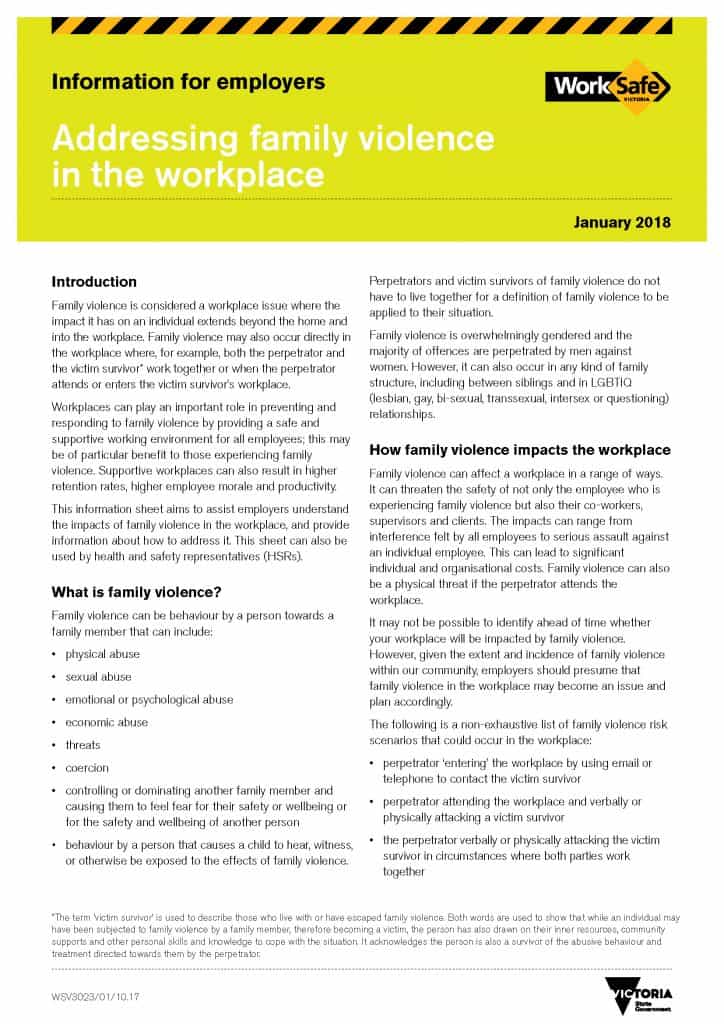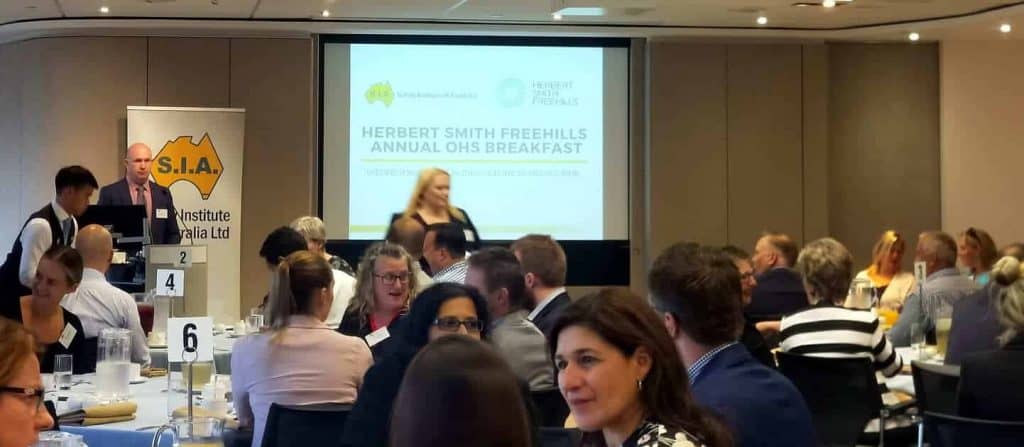
Labour Hire is almost always seen in purely commercial terms of salaries, business costs, production rates, labour availability, migrant workers, and more. Occupational health and safety (OHS) is often seen as an add-on, a term that is included in a media story because it should be, not because the author has really thought about it or sees OHS as legitimate.
Australian States are beginning to introduce certification/regulations schemes for the Labour Hire industry as a result of the exposure of workplace abuses in this labour supply process. Not all States though. Queensland has one that has been running a year or so, Victoria’s is open for registration applications at the end of April 2019 and full operation before the end of 2019; South Australia began its system, but an election changed the political priorities and that scheme is in limbo. The other States are unclear on their preferences, but it is clear that there will be no national labour hire scheme.
Victoria’s Labour Hire Authority (LHA) Commissioner, Steve Dargavel, has just started his roadshow for explaining what the regulations are all about, how to apply, what it will mean and what it will cost. Importantly OHS and workers’ compensation are integral parts of the scheme and therefore part of what the LHA Inspectors will be looking at and enforcing.




